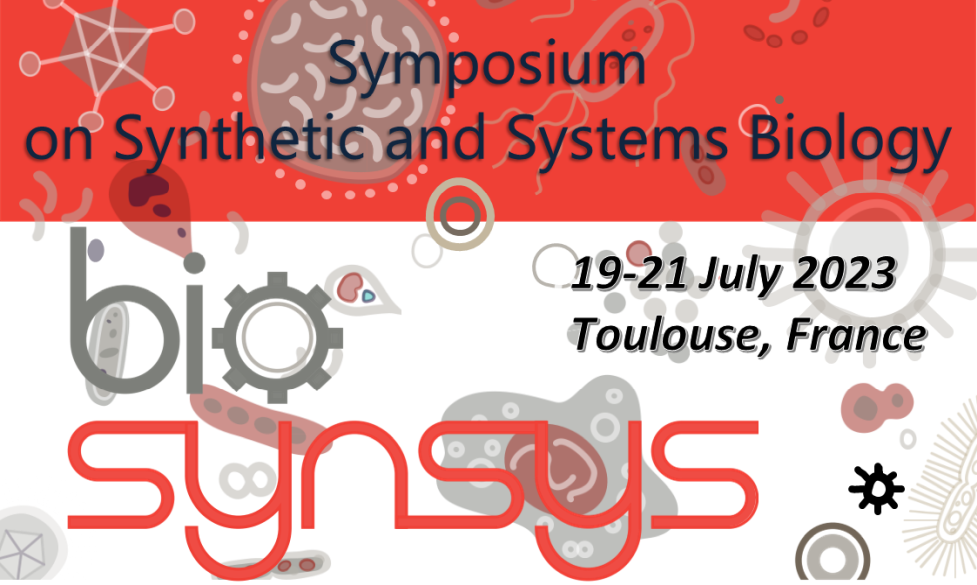The anaerobic bacterium Clostridium acetobutylicum is known to exhibit a high rate of hydrogen production, with a productivity in chemostat of 2.4 L H2L-1-h-1(1). The in vivo H2 production is catalyzed by the [FeFe]-hydrogenase CaHydA, a 64-kDa monomeric cytoplasmic protein with more than 70% identity to the hydrogenase CpI from C. pasteurianum2. In vivo, CaHydA is involved in the reoxidation of ferredoxin, leading to proton reduction and dihydrogen formation. The 2[4Fe-4S] ferredoxin encoded by the CA_C0303 gene is therefore the key redox partner of hydrogenase3.
CaHydA harbors the catalytic H-domain and an F-domain composed of three accessory domains, including four Fe-S clusters 4. To assess the role of accessory Fe-S clusters of the F-domain on the catalytic activity of CaHydA, we previously designed, constructed, produced and characterized two independent HydAC100A and HydAC48A variants, for which the putative electron pathways are limited to the FS2 and FS4C surface clusters respectively. We demonstrated that the FS2 cluster is key in maintaining efficient electron transfer between the two partners5.
To expand the possibility to study a wide number of HydA variants, we recently developed an advanced metabolic engineering strategy to construct a home-tailored E. coli strain whose growth, on glucose mineral medium under anaerobic conditions, is dependent on the macromolecule complex composed of three proteins Pyruvate Ferredoxin oxidoreductase (Pfor)/ Ferredoxin (Fd) and CaHydA with electron transfer functionality. We introduced in the home-tailored E. coli strain the pathway expressing CaHydAWT or HydAC100A or HydAC48A. The strain expressing the CaHydAWT was used as a control and the strains expressing CaHydAC100A or CaHydAC48A were sub-cultured on glucose mineral medium to force in vivo directed evolution. From CaHydAC100A or CaHydAC48A expressing strains, two novel CaHydA variants were in vivo selected, re-isolated and their in vitro biochemical characterizations were done. Through the in vivo evolution of these two variants, we demonstrated the functionality of the home-tailored strain for hydrogenase directed evolution. It opens now the opportunity to perform in vivo functional screening of library of genes encoding for synthetic or chimeric hydrogenases.
1- Soni B., Soucaille P., Goma G. Appl. Microbiol. Biotechnol. 27 (1987) 1–5.
2- Demuez M., Cournac L., Guerrini O., Soucaille P., Girbal L., FEMS Microbiol. Lett. 275 (2007) 113–121.
3- Yoo M., Bestel-Corre G., Croux C., Riviere A., Meynial-Salles I., Soucaille P., mBio. (2015) 6-6.
4- Lubner C., Artz J., Mulder D., Oza A., Ward R., Williams G., Jones A., Peters J., Smalyukh I., Bharadwaj V., King P. 2022 A site differentiated [4Fe–4S] cluster controls electron transfer reactivity of Clostridium acetobutylicum [FeFe]-hydrogenase, Chem. Sci.
5- C. Gauquelin, C. Baffert, P. Richaud, E. Kamionka, E. Etienne, D. Guieysse, L. Girbal, V. Fourmond, I. André, B. Guigliarelli, C. Léger, P. Soucaille, Meynial-Salles, I. (2018) Roles of the F-domain in [FeFe] hydrogenase. Biochim. Biophys. Acta 1859, 69-77.

 PDF version
PDF version
